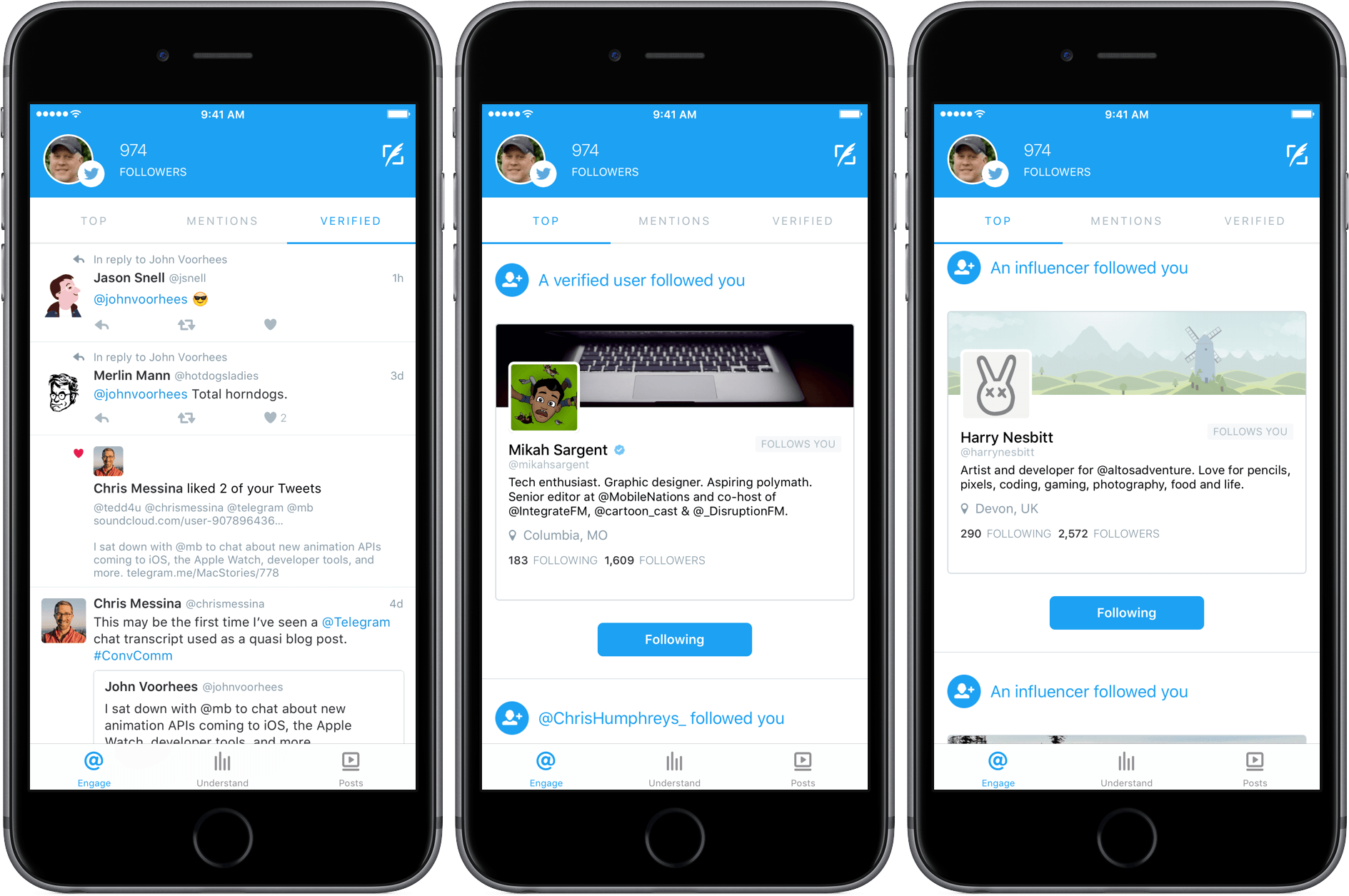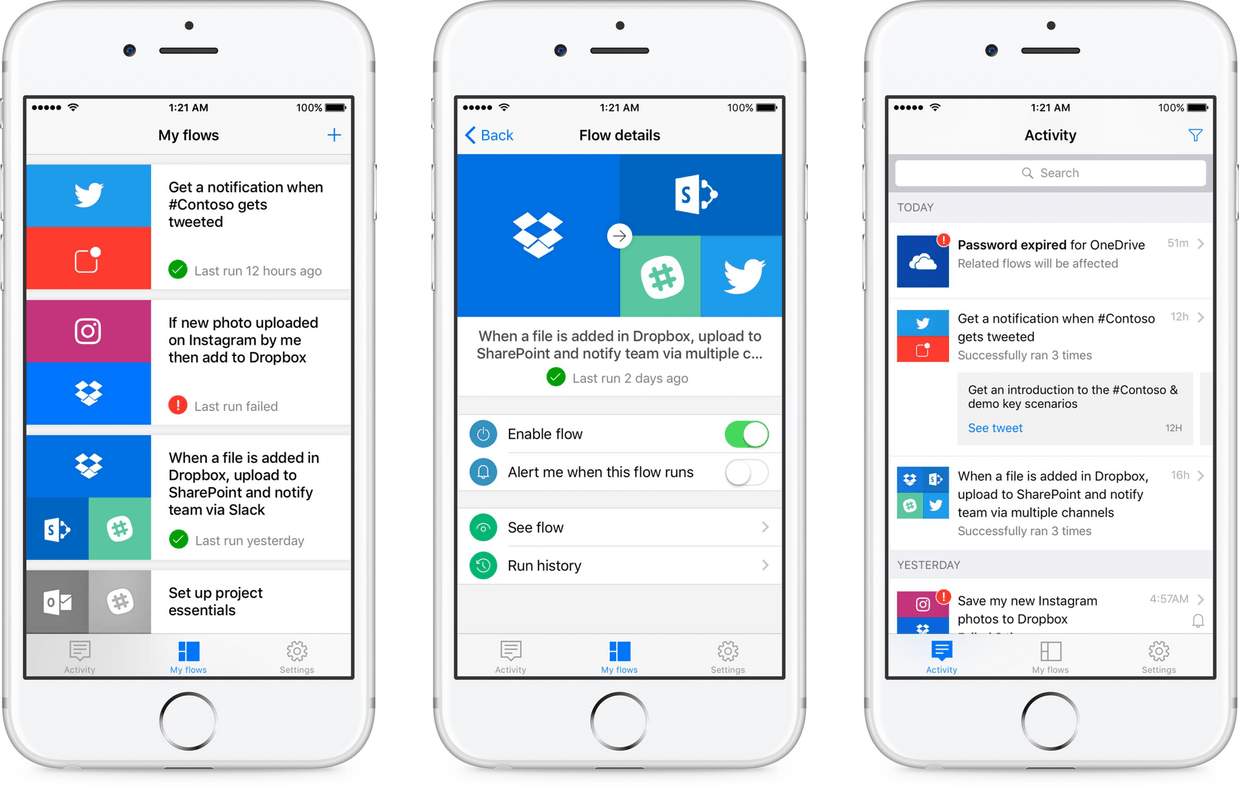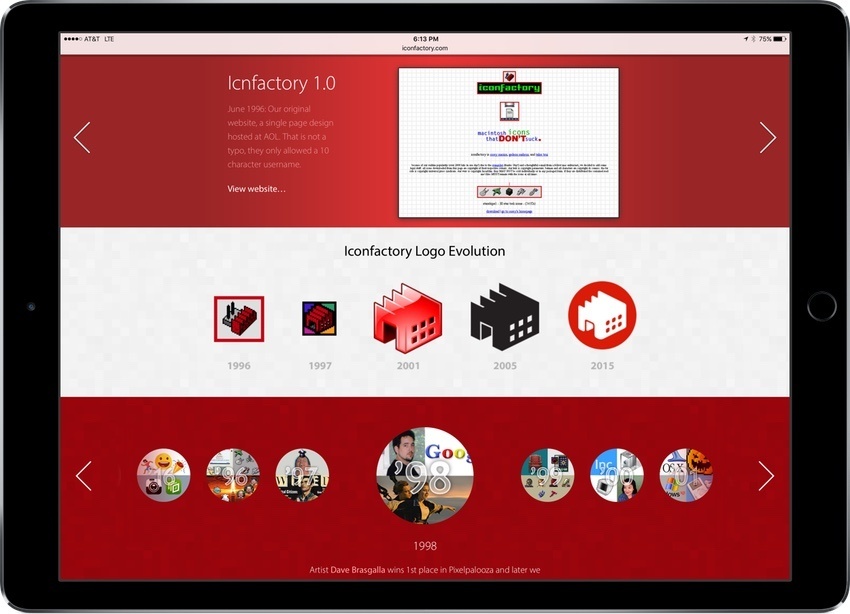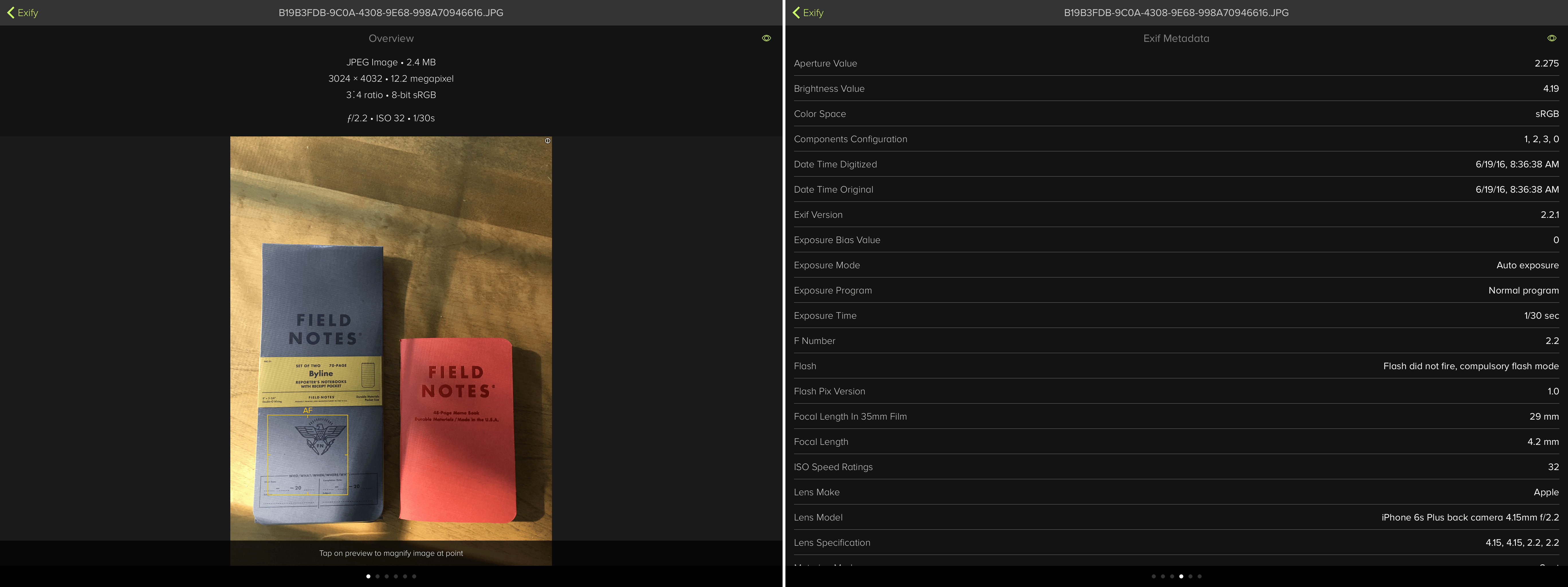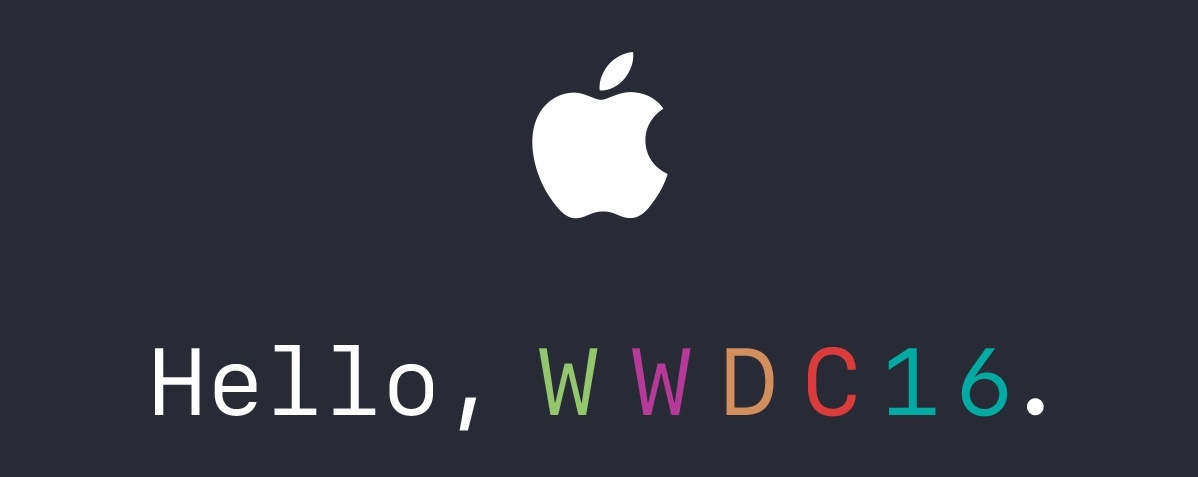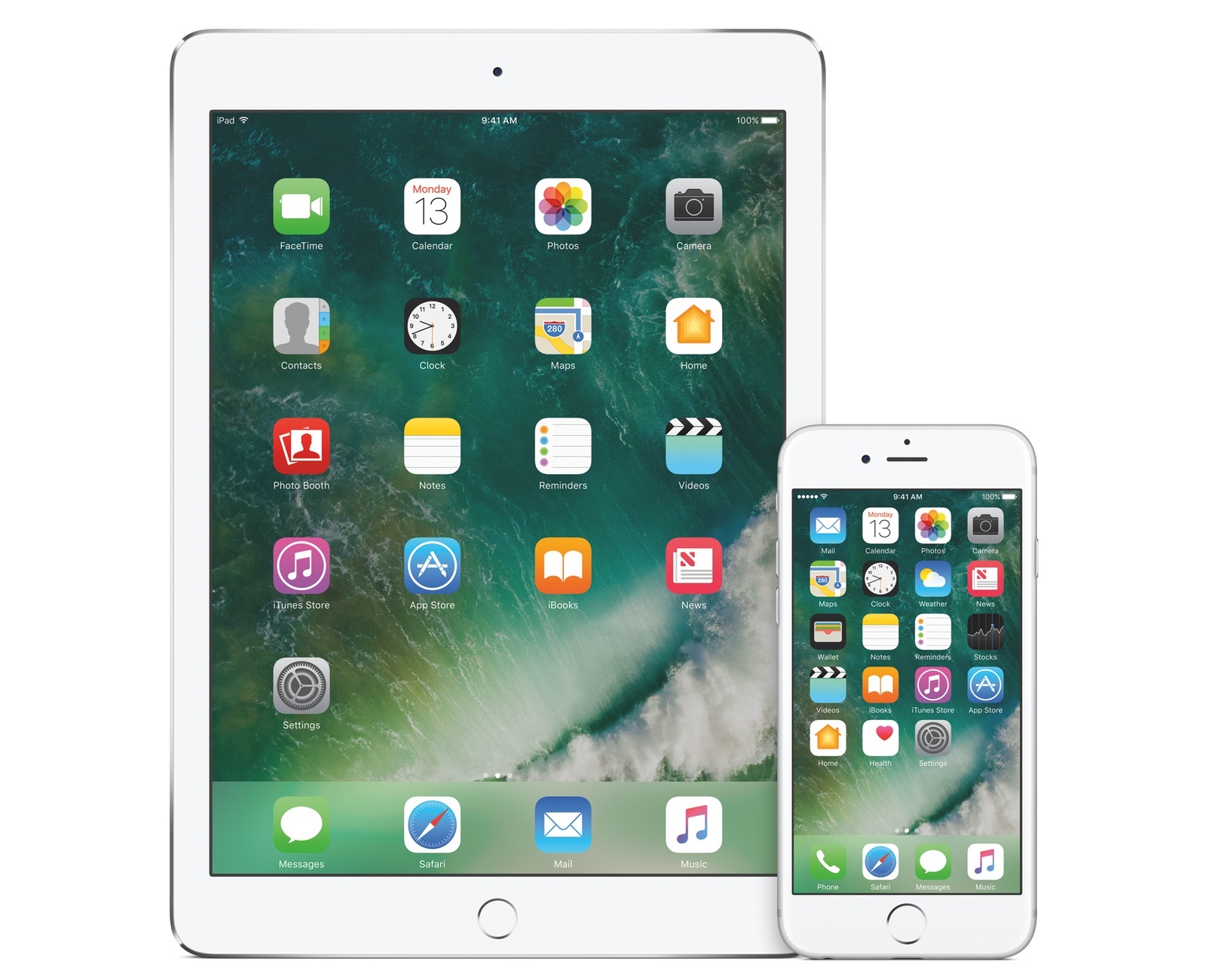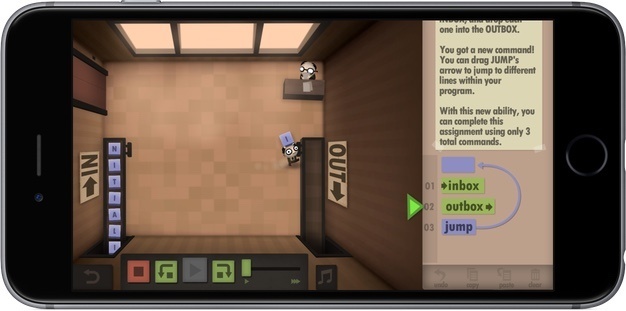Marble by Mofily is a portable 2-in-1 USB-C docking & charging station that can expand USB-C to HDMI, DisplayPort, 4x USB, MicroSD, and charge 4x devices simultaneously with a built-in 60w AC adapter.
Marble offers a single compact way to connect multiple devices to your USB-C ported laptop, including the new MacBook and many more. Marble gives you all the functionality of having your devices nearby. It’s as though they are still plugged right into your computer. When it’s not connected to an AC outlet, you can still use Marble as an on-the-go multifunctional hub for your laptop. The power supply of the USB ports will automatically switch from AC to laptop.
Safety has always been Mofily’s priority, which is why they built Marble with advanced protection technology. Marble protects all your plugged-in devices from overcurrent, overvoltage, overtemperature and short-circuiting, giving you a stable power supply and peace of mind.
For details on how to get a Marble – plus photos, videos, and more technical information – you can check out their campaign on Indiegogo.
Our thanks to Mofily for sponsoring MacStories this week with Marble.



